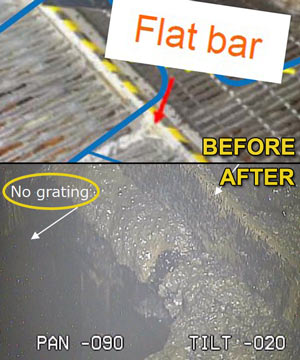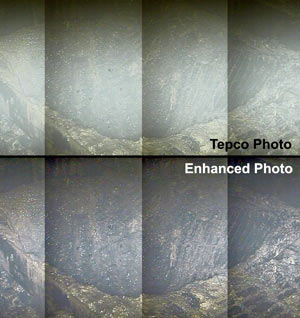http://www.nikkei.com/article/DGXLASDZ27HLC_X21C16A2000000/
2016/12/27 16:56
東芝に再び巨額の損失計上が迫られる。米国の原子力発電子会社、ウエスチングハウス(WH)が買収した企業の資産価値が想定額を下回り、2017年3月期に「数千億円規模の損失を計上する可能性がある」と東芝が27日発表した。WHを中心とした原子力事業で2016年3月期に約2500億円の減損損失を計上したばかりの東芝。不正会計問題で揺らいだ経営の再建策にも影響が及ぶ恐れがある。
損失を計上する可能性があるのは、WHが2015年末に米シカゴ・ブリッジ・アンド・アイアン(CB&I)から買収した米原子力サービス会社。収益状況などから資産価格を見直したところ、資産価値が買収時の想定額を大幅に下回り、減損損失の計上が必要になる見通しだという。買収額は0ドルだったが、債務超過に陥っていたとみられる。
■東芝株は12%安
東芝は今年に入ってから1万4000人強の人員削減や事業売却などリストラを進めて業績のV字回復を描いていただけに、株式市場では失望売りが広がった。東芝株は27日、前日比12%安と急落。2017年3月期の連結営業損益(米国会計基準)の見通しを複数回にわたって上方修正し、株価も前日までに昨年末に比べて8割弱上昇していたが、経営再建への期待が一気にしぼんだ。
市場が不安を強める理由はいくつもある。まず、東芝は会計不祥事で失墜した信頼をまだ取り戻せていないことだ。2015年に発覚した不正会計問題では損失の意図的な先送りや利益操作で過去の決算の利益を実際よりも大きく見せていた。今回の損失発生が意図的なものかどうかはわからないが、市場が疑心暗鬼にかられるのも無理もない。
原子力発電事業のうみを出し切れずにいるとの懸念も広がる。東芝はこれまで、原子力事業の変調を適切に開示してこなかった経緯があるからだ。
東芝がWHを買収したのは今から10年前の2006年。三菱重工業や米ゼネラル・エレクトリック(GE)など日米4社の争奪戦の末にWHを約54億ドルで手に入れた。その後の追加出資分も含めると約6000億円に達した。当時の西田厚聡社長は、世界中で原子力エネルギーの需要が増えるとして、原子力事業の規模を「東芝単独の年2000億円から2015年には3倍以上に増やせる」と豪語してみせた。
■大幅に狂ったシナリオ
2009年に西田社長の後を引き継いだ佐々木則夫社長時代にも、東芝はWHをてこにした積極的な海外展開を進めた。だが、当初は米国などでの大型受注や新興国市場での受注などにこぎつけたものの、2011年の東日本大震災後は原子力発電所の建設が世界各地で凍結されたのを機にシナリオは大幅に狂った。
結局、WHの収益力低下による減損は2012〜13年度の合計で13億ドルにのぼった。ただ、東芝は昨年2月に証券取引等監視委員会が内部通報をもとに開示検査を求めて第三者委員会などによる調査が始まった後も、11月に報道で指摘されるまでWHに関する損失を公表しなかった。
東芝は会計不祥事が明らかになった後、人員削減のほか、ソニーへのイメージセンサー事業売却やキヤノンへの東芝メディカルシステムズ売却などのリストラを進めてきた。原子力事業でも87%を保有するWHの株式の一部売却や本体の事業部門の分社化などの案が浮上してきたが、具体的な動きは見られない。今回、新たに迫られる減損処理。その規模の大きさによっては、踏み込んだ改革は避けられそうにない。
(富田美緒、岸本まりみ)
http://www.asyura2.com/16/genpatu47/msg/200.html






 題名には必ず「阿修羅さんへ」と記述してください。
題名には必ず「阿修羅さんへ」と記述してください。